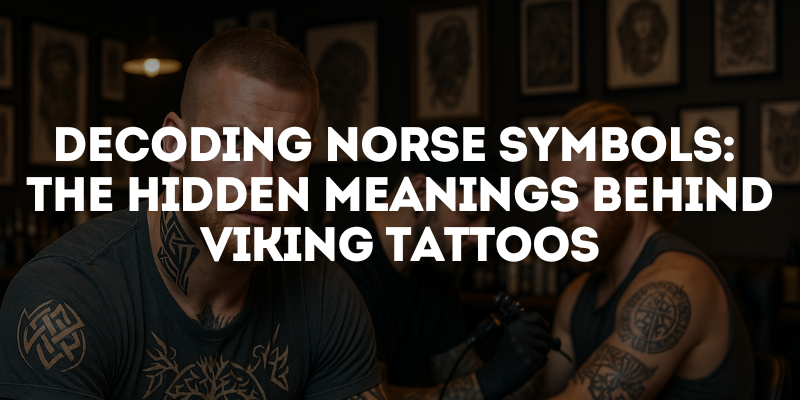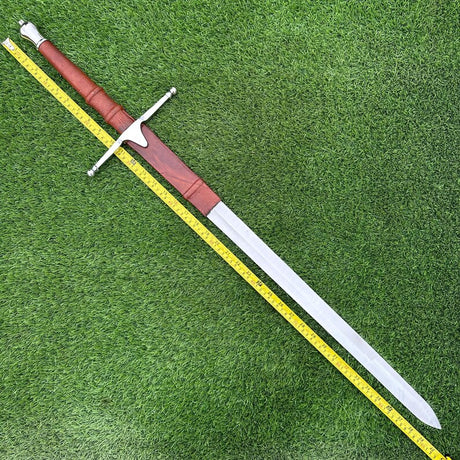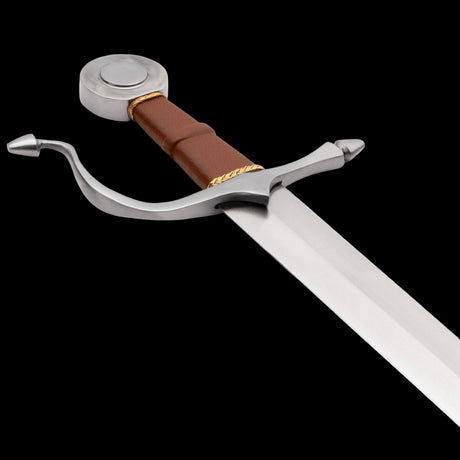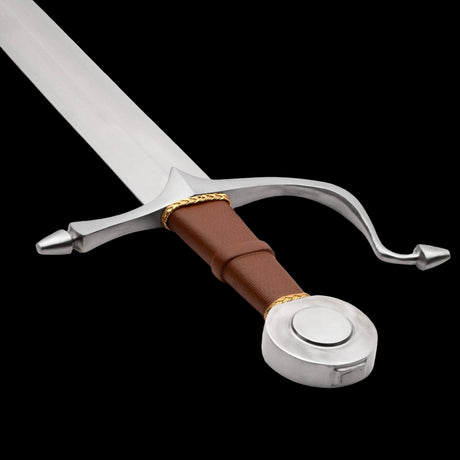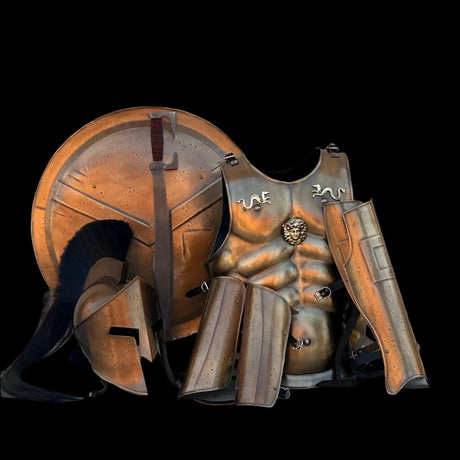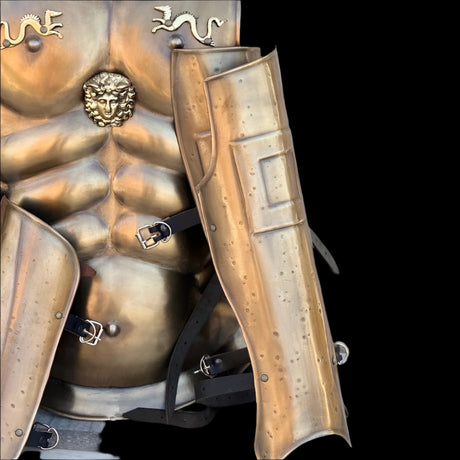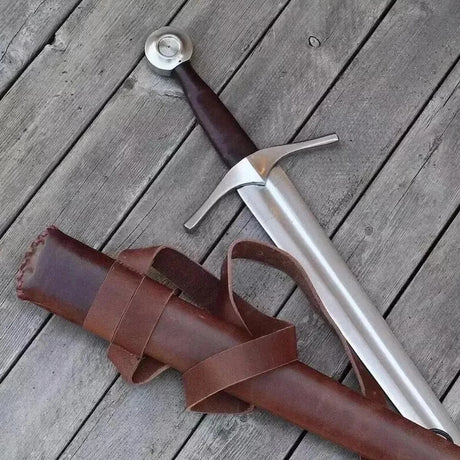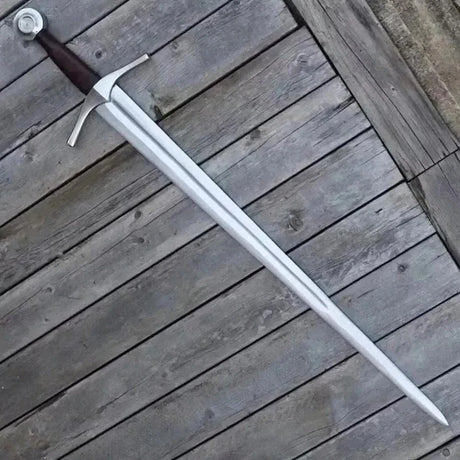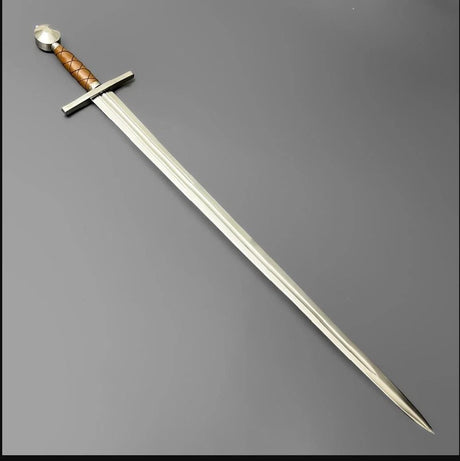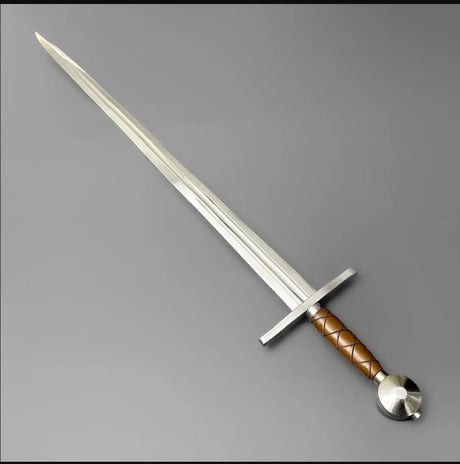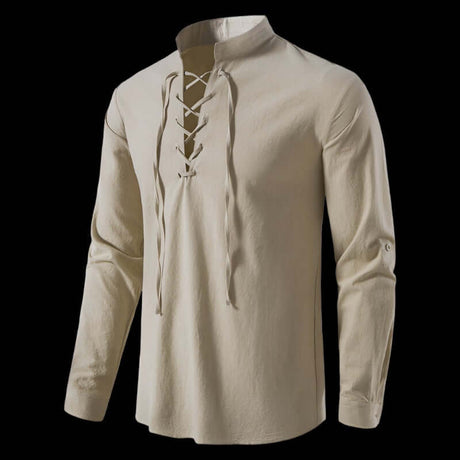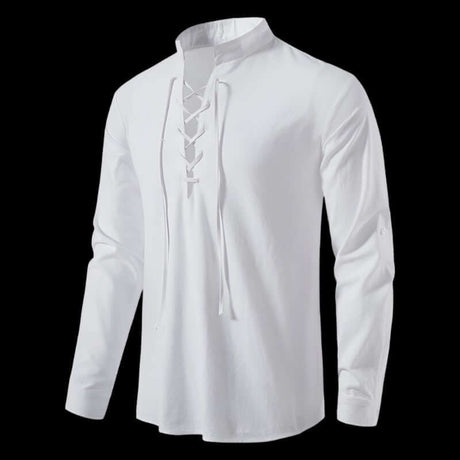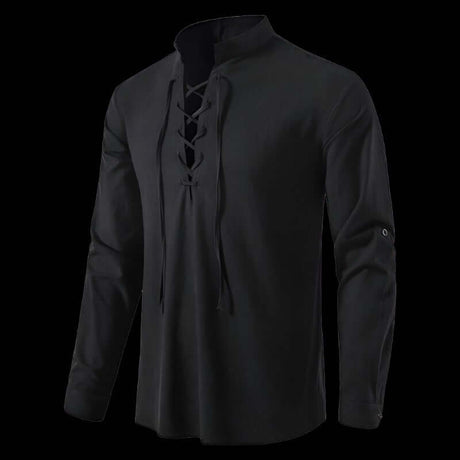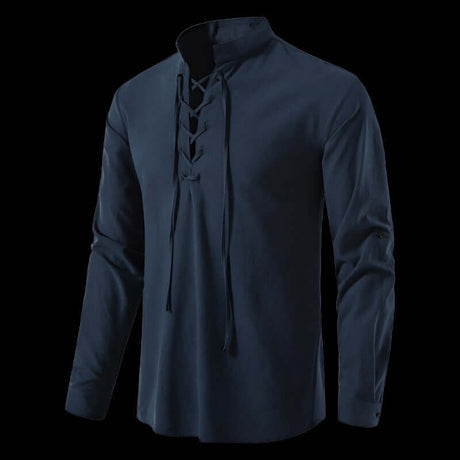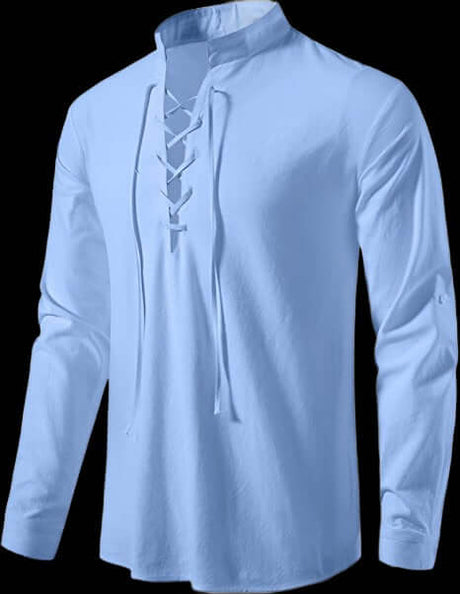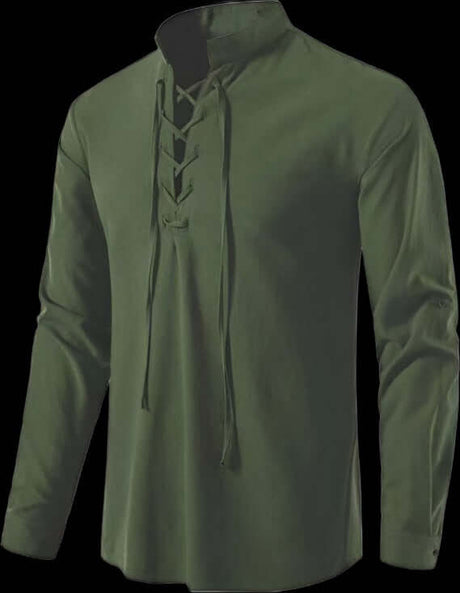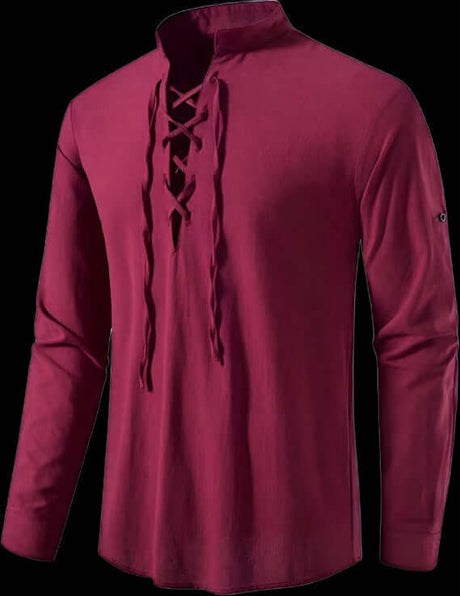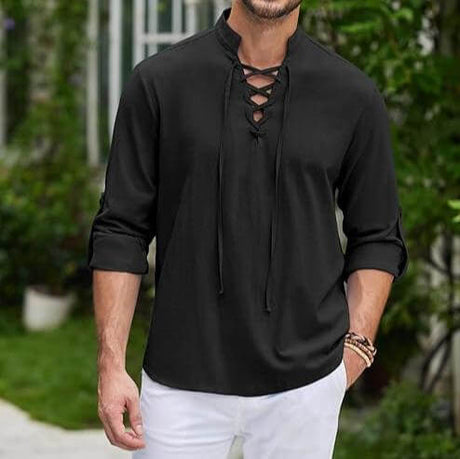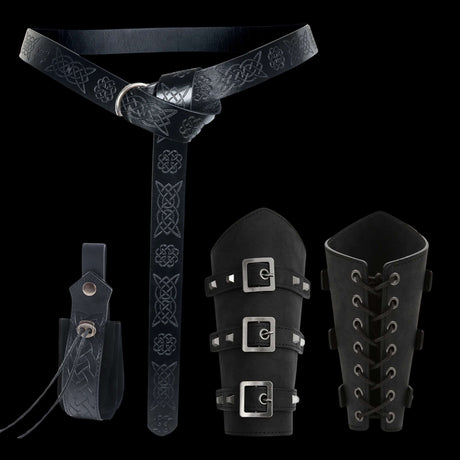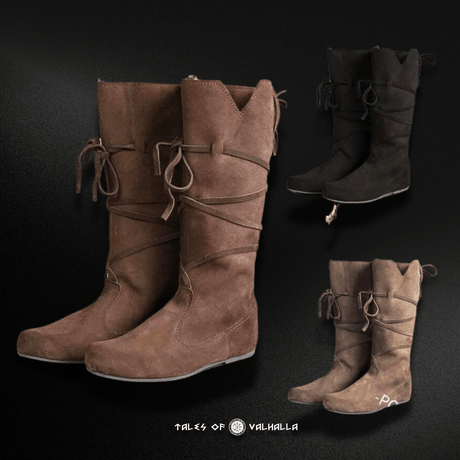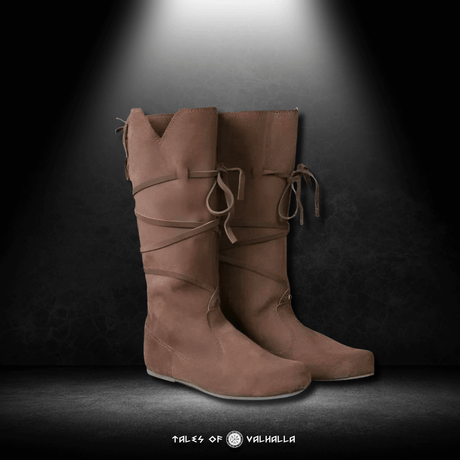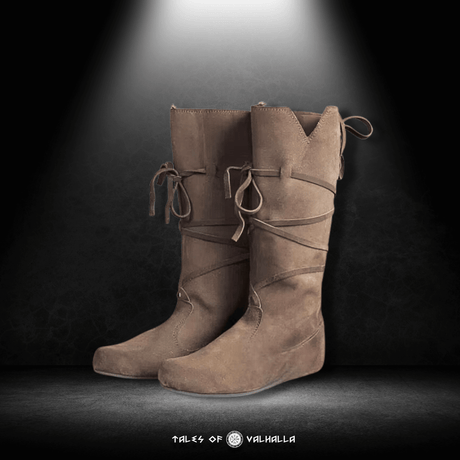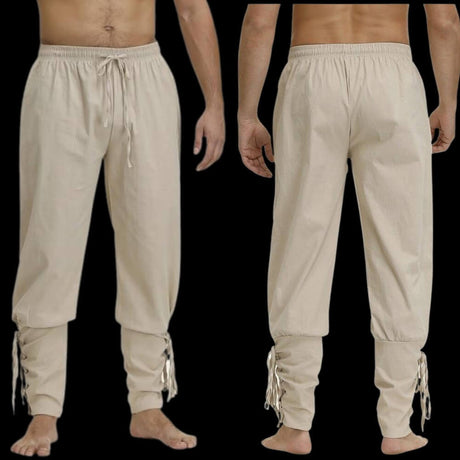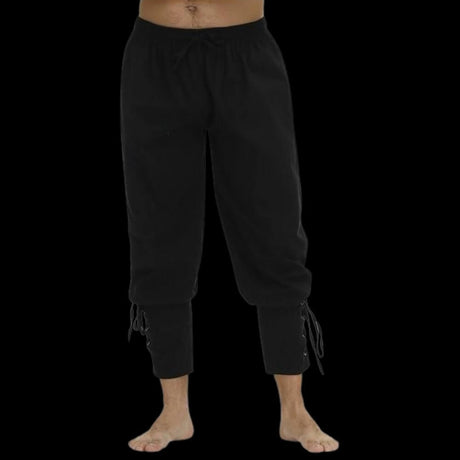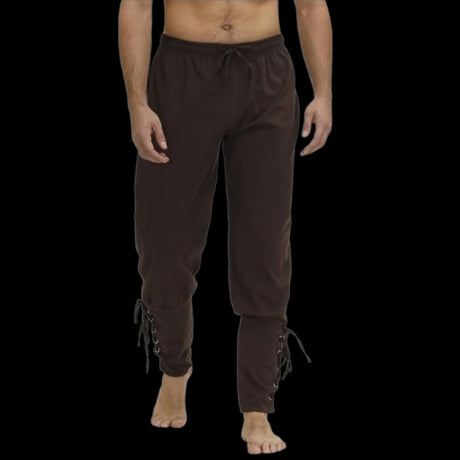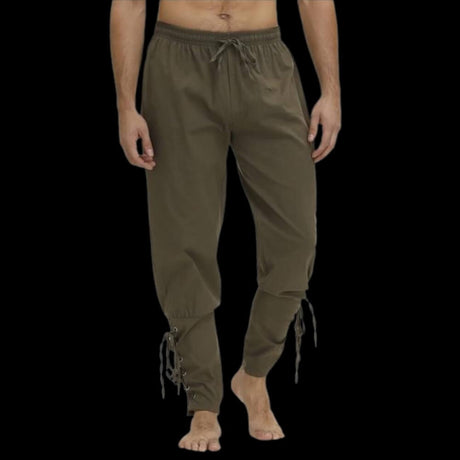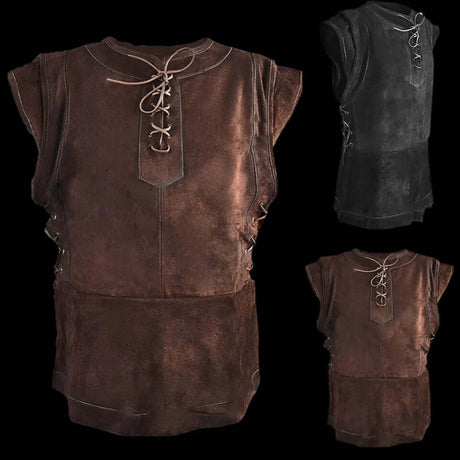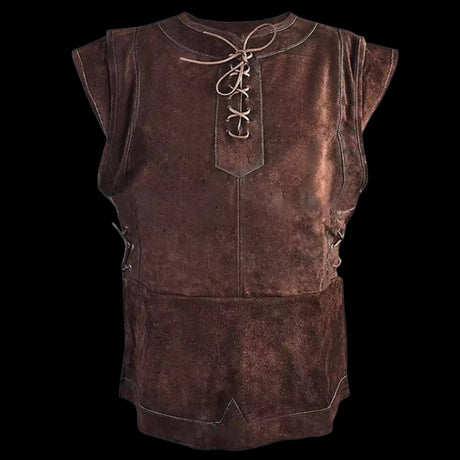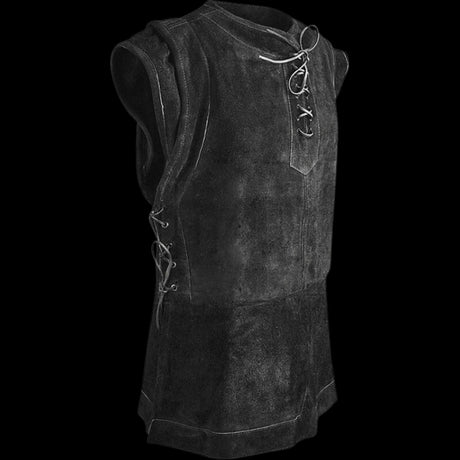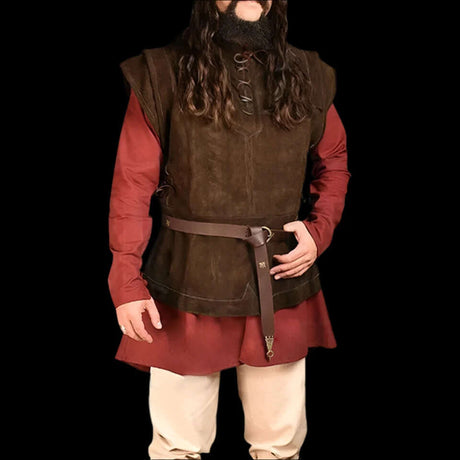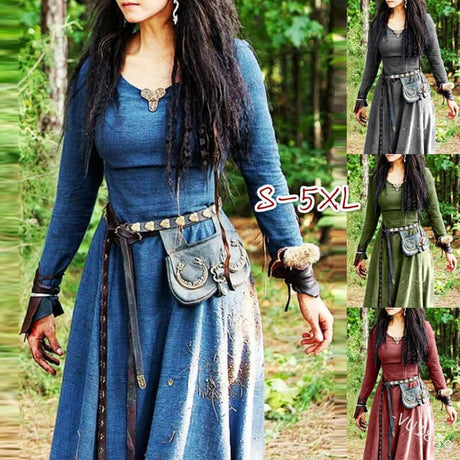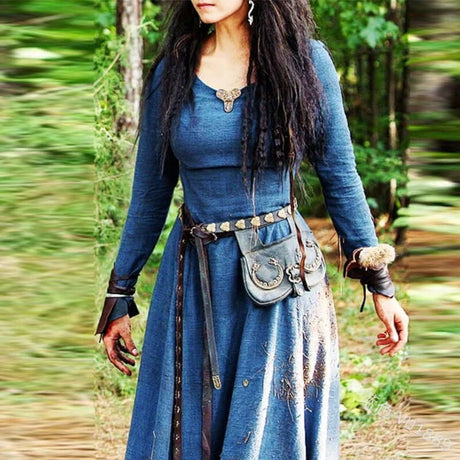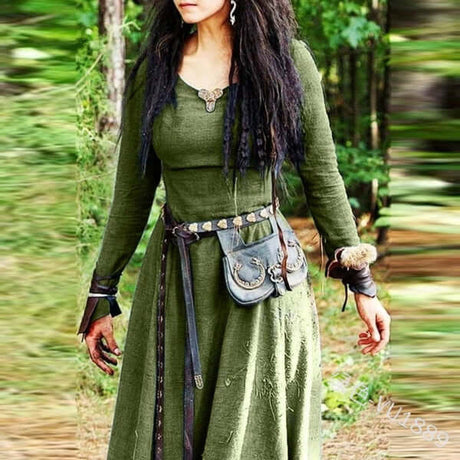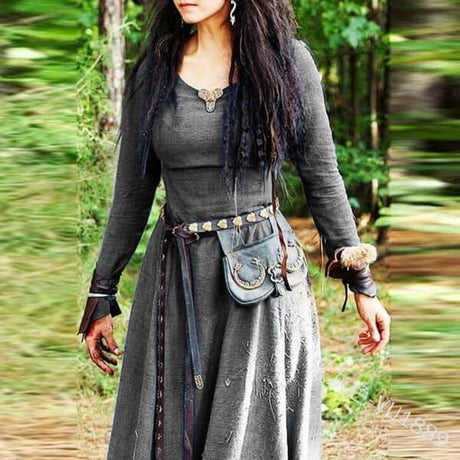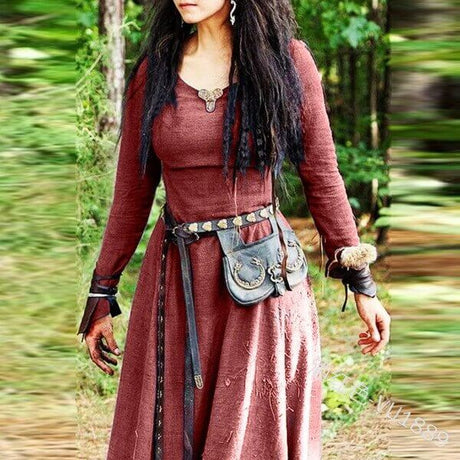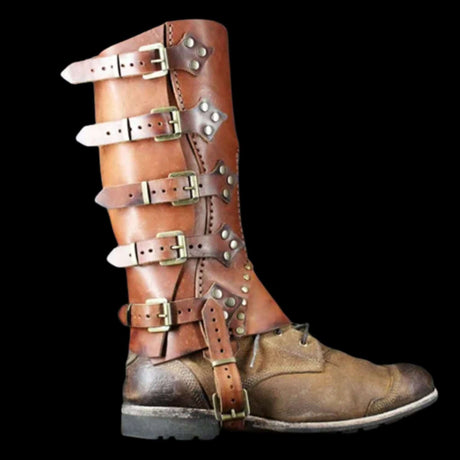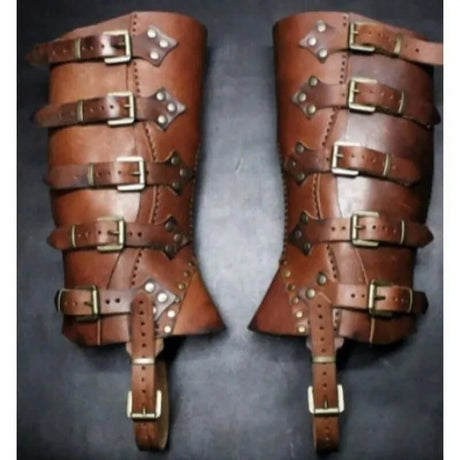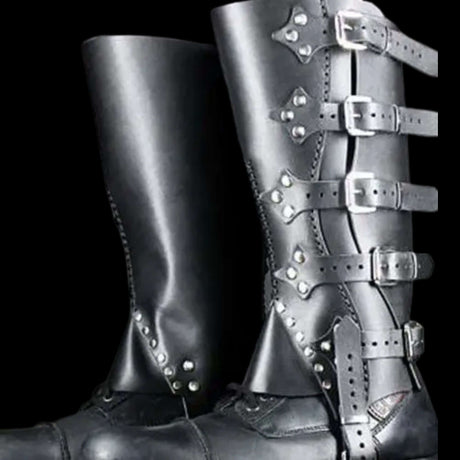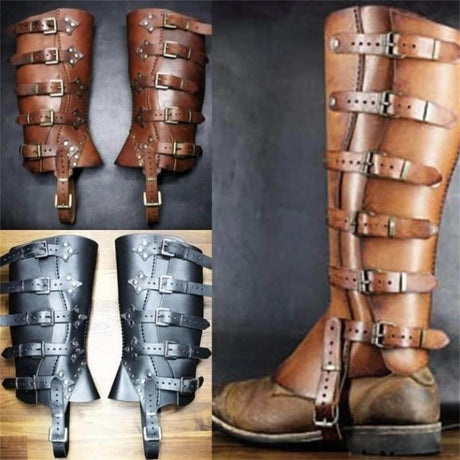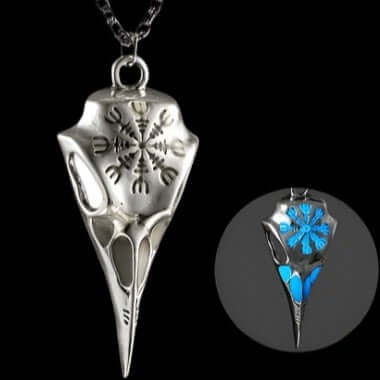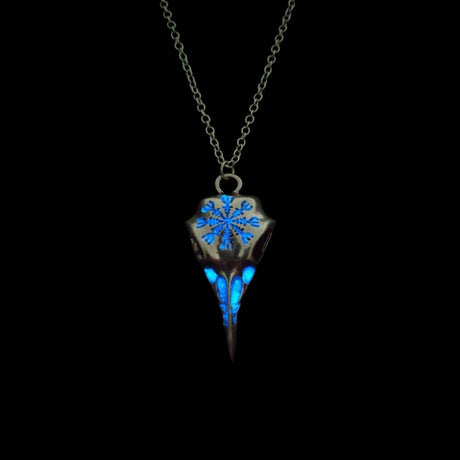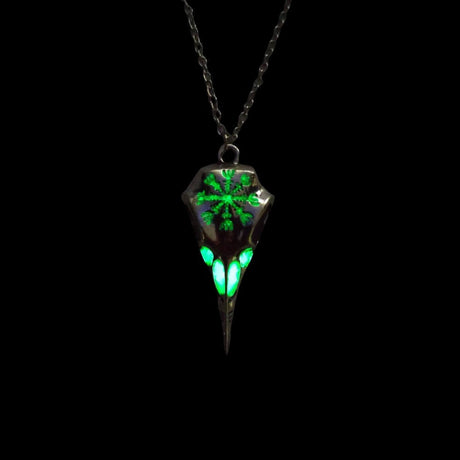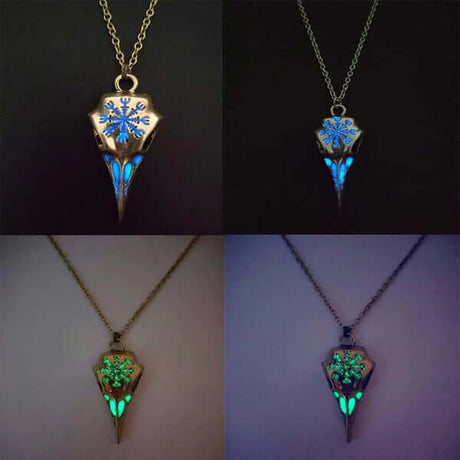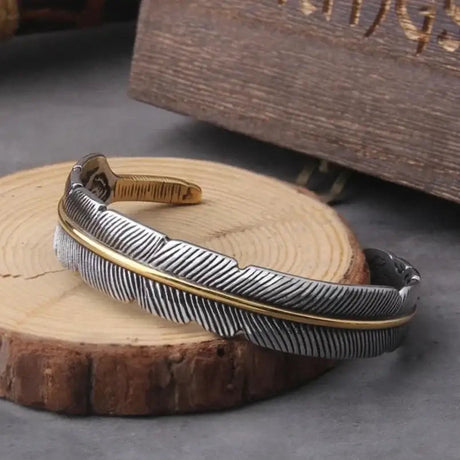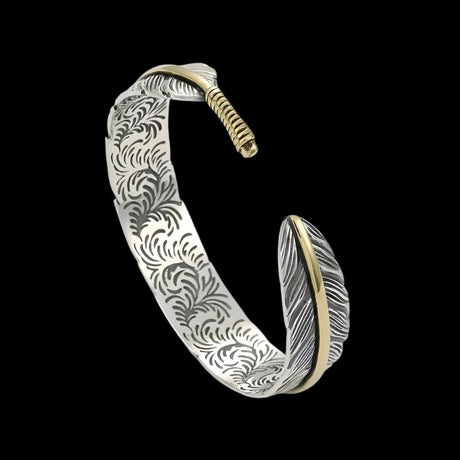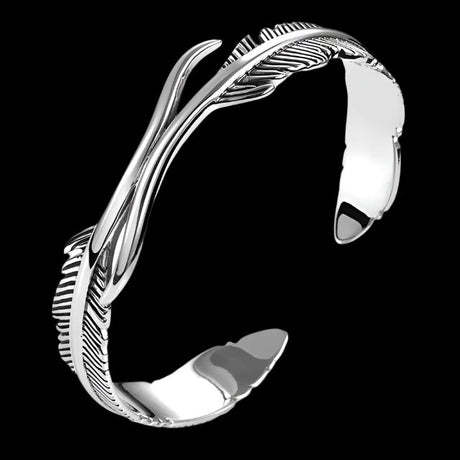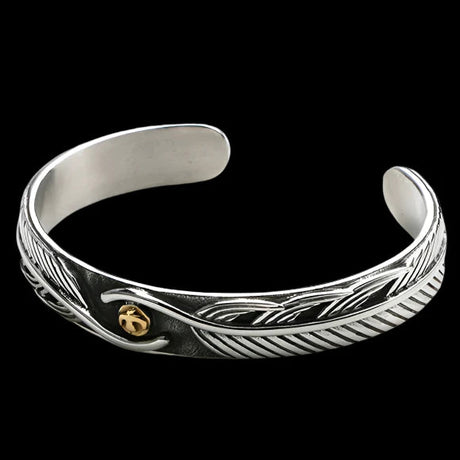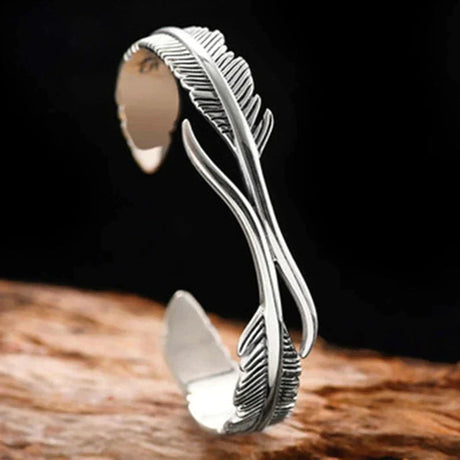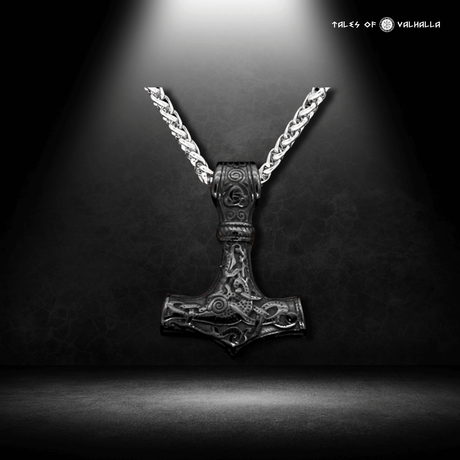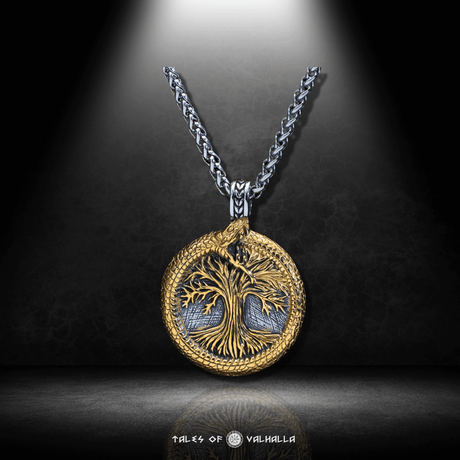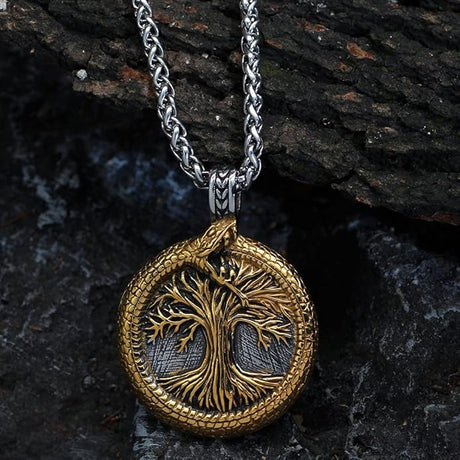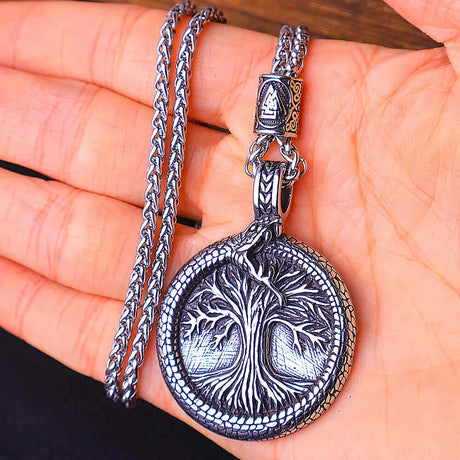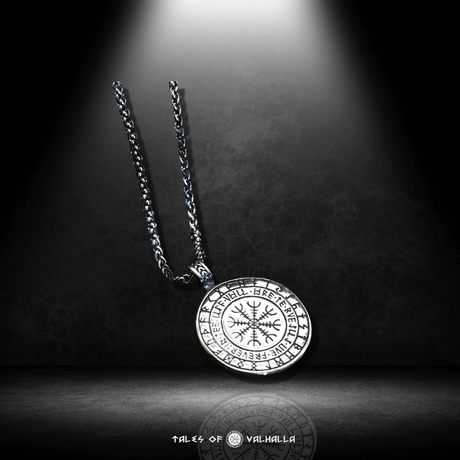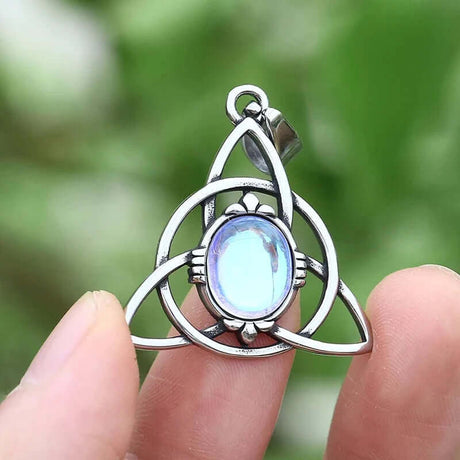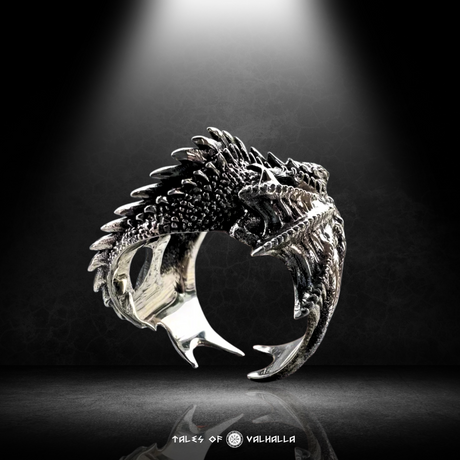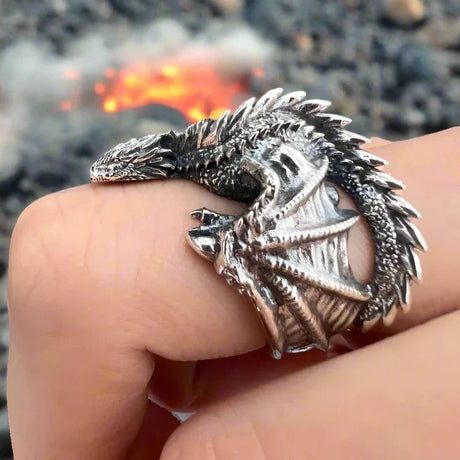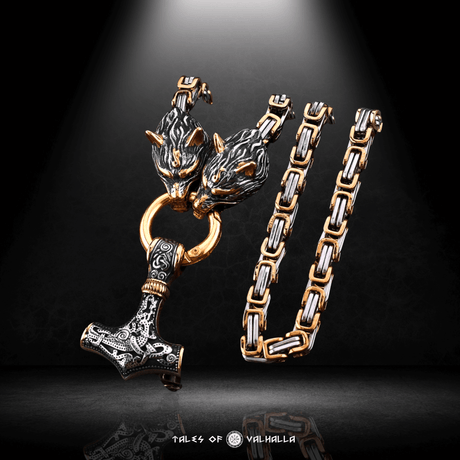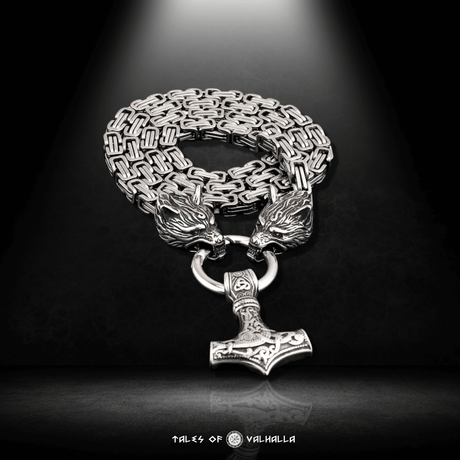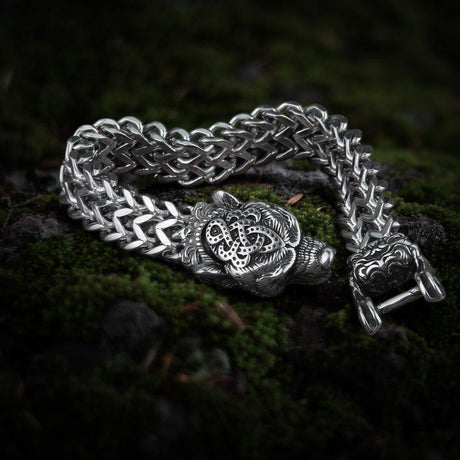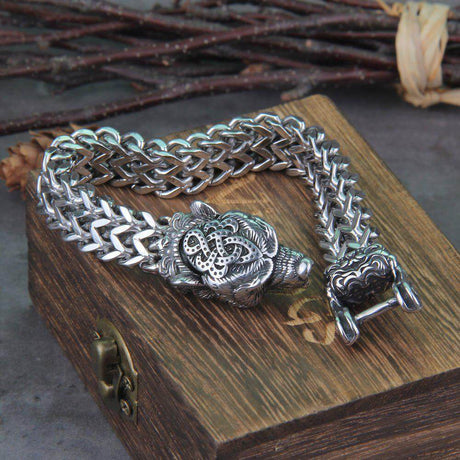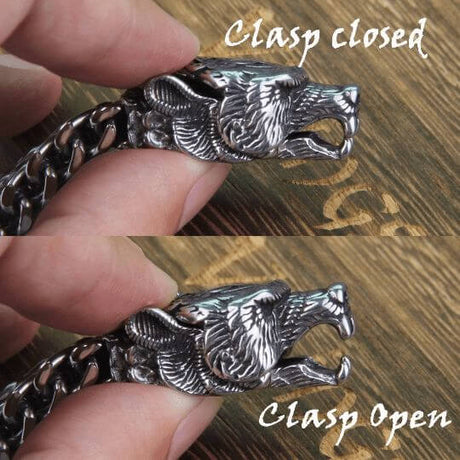The raw power and intricate beauty of Norse culture have surged into the modern consciousness, and nowhere is this more evident than in the rising popularity of Viking tattoos. These are not just fleeting trends; they are powerful statements, deeply personal emblems of strength, heritage, and a connection to a legendary past. From the bold lines of a warrior's axe to the mystical whisper of a runic inscription, Viking tattoos offer a unique way to wear a story on your skin.
But what is the truth behind these powerful designs? Did Vikings really adorn themselves with the elaborate ink we see today? What do these ancient symbols truly mean? This ultimate guide will take you on a journey of decoding Norse symbols, exploring the historical evidence, delving into the rich symbolism of Norse art, and showcasing the most compelling design ideas for modern Viking tattoos. Whether you are of Scandinavian descent or simply drawn to the indomitable spirit of the Norsemen, prepare to discover the perfect way to forge your own saga in ink.
The Historical Question: Did Vikings Really Have Tattoos?
Before we start decoding symbols for modern ink, we must address the fundamental question: Is the heavily tattooed Viking a historical reality or a pop culture invention? The answer, like much of Viking history, lies in a fascinating gray area between tantalizing clues and a lack of definitive proof.

The Historical Question: Did Vikings Really Have Tattoos?
Sifting Through the Evidence
The primary challenge in confirming the widespread practice of Viking tattoos is that skin, unlike bone or metal, rarely survives a thousand years in the archaeological record. Without preserved bodies, we must piece together clues from other sources.
- The Account of Ahmad Ibn Fadlan: The most significant piece of written evidence comes from a 10th-century Arab diplomat, Ahmad Ibn Fadlan. While traveling along the Volga River, he encountered a group of Rus' people (widely believed to be Scandinavian Vikings). He described them vividly: "From the tips of their toes to their necks, each man is covered in dark-green [or dark blue-green] trees, figures, and the like." Many historians and enthusiasts interpret this as a clear description of extensive tattooing.
- Archaeological Clues: While no tattooed Viking skin has been found, archaeologists have unearthed small, sharp implements that could have been used for tattooing. However, these tools might also have been used for leatherworking or other crafts, making this evidence circumstantial.
- The Cultural Context: Body adornment was clearly important to Vikings. They were renowned for their intricate jewelry, decorated weapons, and styled hair. Given their interactions with other cultures known to practice body art (like the Picts and some Slavic tribes), it is highly plausible that tattooing was part of their cultural repertoire.
The Verdict: A Plausible Tradition
While we lack the "smoking gun" of a preserved tattooed Viking, the combination of Ibn Fadlan's compelling eyewitness account and the broader cultural context makes it very likely that Viking tattoos did exist. They were probably created using a hand-poked method with natural pigments like soot, and while perhaps not as universal or elaborate as some modern depictions, they were almost certainly a real practice for some Norse people. Today's Viking tattoos are modern interpretations, translating the powerful art found on ancient stones and artifacts onto the living canvas of skin.
The 'Why' Behind the Ink: Modern Motivations for Getting Viking Tattoos
In the 21st century, the choice to get a Viking tattoo is a deeply personal one, driven by a range of powerful motivations that resonate strongly in the United States.

The 'Why' Behind the Ink: Modern Motivations for Getting Viking Tattoos
A Connection to Heritage and Ancestry
For many Americans of Scandinavian descent, getting a Viking tattoo is a profound way to connect with their roots. It’s a permanent and personal acknowledgment of their heritage, a way to honor the resilience and spirit of their ancestors. This type of Viking tattoo is more than art; it's a statement of identity.
Emblems of Strength, Resilience, and Courage
The Viking warrior ethos, with its emphasis on courage in the face of hardship, resonates powerfully today. A Viking tattoo can serve as a personal talisman, a symbol of one's own inner strength and determination to overcome life's battles, big and small.
A Love for Norse Mythology and Art
The Norse myths are epic tales of gods, giants, and heroes, while Viking art is characterized by its intricate knotwork and powerful animal motifs. Many are drawn to Viking tattoos simply out of a deep appreciation for this rich artistic and mythological legacy.
A Statement of Individuality
In a world of fast-fashion trends, Viking tattoos offer something timeless and steeped in meaning. They are a declaration of individuality, a choice to wear a symbol that carries the weight of history and the power of legend.
A Lexicon of Legends: Popular Symbols for Viking Tattoos and Their Meanings
The power of Viking tattoos lies in their rich symbolism. Choosing a design becomes far more meaningful when you understand the story behind it. Here are some of the most significant symbols.
Symbols of Divine Power and Protection
- Mjölnir (Thor's Hammer): Arguably the most iconic Norse symbol. It represents the immense power of Thor, the god of thunder, and is a potent emblem of protection, strength, and consecration. A Mjölnir tattoo is a classic choice for those seeking to invoke Thor's protective might.
- The Valknut: This symbol of three interlocking triangles is deeply associated with Odin. Its exact meaning is debated, but it is often linked to the slain warriors chosen by Odin, the afterlife (Valhalla), and the mysteries of life and death. A Valknut tattoo signifies a connection to Odin and a respect for the warrior's path.
- Gungnir (Odin's Spear): Gungnir was a magical spear that always hit its target and was a symbol of Odin's power. A Gungnir tattoo represents precision, purpose, determination, and a connection to the Allfather himself.
- The Helm of Awe (Aegishjalmur): An Icelandic magical stave consisting of eight armed "tridents" radiating from a central point. It was believed to grant protection and invincibility while instilling fear in one's enemies. This is one of the most popular Viking tattoos for those seeking a symbol of personal power and defense.
Story Vignette 1: The Mark of the Protector Imagine a Viking warrior, Erik, before his first major battle. He sits as a wise woman carefully hand-pokes a design onto his chest using a sharp bone needle and soot-based ink. The design is the Helm of Awe. It is not just a decoration; it is a ritual, a piece of Viking magic to fortify his spirit. He believes this symbol will grant him the courage to stand firm in the shield wall and make his enemies' hearts quail before him. This Viking tattoo is his spiritual armor.
Wisdom, Mystery & Magic: Tattoos for the Seeker
These designs are for those who value knowledge, intuition, and the mystical aspects of the Norse worldview.
- Odin, the Allfather: A tattoo of Odin represents a quest for wisdom, sacrifice for knowledge, leadership, and a connection to magic, poetry, and war. He is a complex and powerful figure.
- The Ravens (Huginn & Muninn): Odin's two ravens, whose names mean "Thought" and "Memory." They flew across the world each day to bring information back to the Allfather. A raven tattoo symbolizes wisdom, knowledge, insight, memory, and the divine messenger.
- Runes (General): Runes were the Viking alphabet, but each character also held symbolic and magical meaning. A runic tattoo can be a powerful and deeply personal statement. The choice of the rune is paramount.
- A Bindrune: A bindrune is a custom sigil created by combining two or more runes. Its meaning is highly personal, created by the wearer to represent a specific intention, goal, or set of powers they wish to invoke. It is one of the most personalized Viking tattoos one can get.
- The Völva (Seeress): The Völva was a powerful female shaman in Norse society, capable of seeing the future and performing magic (seidr). A tattoo depicting a Völva or her staff represents a connection to feminine power, intuition, prophecy, and the mystical arts.
Cosmic & Natural Order: Tattoos of the Nine Worlds
These Viking tattoos connect the wearer to the grand cosmology of the Norse and their deep reverence for nature.
- Yggdrasil (The World Tree): The colossal ash tree that connects the Nine Worlds. Yggdrasil is a profound symbol of the cosmos, interconnectedness, life, death, rebirth, and wisdom. It is the very axis of existence in Norse mythology.
- The Serpent/Dragon (Jörmungandr, Níðhöggr, Fafnir): Dragons and serpents are powerful figures representing chaos, destruction, primal force, and the cyclical nature of time. A tattoo of Jörmungandr (the World Serpent) encircling an arm can symbolize the inescapable nature of fate.
- The Wolf (Fenrir, Geri & Freki): Wolves hold a dual symbolism. They can represent chaos and destruction (the monstrous Fenrir, destined to kill Odin), but also ferocity, loyalty, and strength (Odin's companions, Geri and Freki).
- The Sun & Moon (Sól & Máni): Sól (Sun) and Máni (Moon) were the divine siblings who drove their chariots across the sky, creating day and night. They are pursued by the wolves Sköll and Hati. A tattoo of them symbolizes the cycles of time, light and dark, and the cosmic chase.
- The Stag of Yggdrasil (Eikthyrnir): Eikthyrnir is a stag that stands atop Valhalla, chewing on the leaves of Yggdrasil. From his antlers drip the waters that form all the rivers of the world. He symbolizes life, nourishment, and the source of earthly waters.
Story Vignette 2: Sarah's Yggdrasil Sarah, a biologist in California, felt a profound connection to the idea of interconnected ecosystems. For her first major tattoo, she chose a full back piece of Yggdrasil. She worked with her artist to create a design where the roots morphed into DNA strands and the branches into the phylogenetic tree of life. It was a modern interpretation of an ancient symbol. For Sarah, her Viking tattoo wasn't just about Norse mythology; it was a celebration of science, life's unity, and the deep, ancient roots from which all living things spring.
Fate, Destiny & the Afterlife: Tattoos of Inescapable Truths
These Viking tattoos deal with the core Norse concepts of fate, death, and the warrior's journey.
- The Web of Wyrd (Skuld's Net): A symbol made of nine intersecting lines, representing the Norse concept of fate (wyrd). It contains all the shapes of the runes and symbolizes that the past, present, and future are all interconnected and inescapable.
- The Valkyrie: The "choosers of the slain," these female warrior spirits served Odin, selecting the bravest fallen heroes for Valhalla. A Valkyrie tattoo symbolizes courage, a warrior's spirit (especially for women), and the connection between battle and a glorious afterlife.
- The Longship: The Viking longship was the key to their expansion and a symbol of adventure, exploration, and the journey of life. As vessels for Viking funerals, they also symbolize the final journey into the afterlife.
Unique & Lesser-Known Designs for Your Viking Tattoo
Looking for something beyond the most common symbols? These offer unique alternatives.
- Sleipnir (Odin's Steed): Odin's eight-legged horse, the fastest of all horses, capable of traveling between the Nine Worlds. A Sleipnir tattoo symbolizes speed, endurance, a shamanic journey, and a safe passage between realms.
- The Triskele / Triple Horn of Odin: Three interlocking drinking horns, representing Odin and the Mead of Poetry. It symbolizes wisdom, poetic inspiration, and eloquence.
- The Boar (Gullinbursti): The golden-bristled boar of the god Freyr, a symbol of fertility, protection, and prosperity.
- Knotwork Patterns: While not a single symbol, the Viking art style of knotwork itself represents eternity and interconnectedness. A tattoo of a pure knotwork band is a beautiful and authentic choice.
An Important Distinction: Post-Viking Symbols
Some very popular symbols associated with Viking tattoos actually originate from Icelandic manuscripts written after the Viking Age.
- The Vegvisir (The Runic Compass): This stave, said to ensure the bearer never loses their way, is from the 17th-century Huld Manuscript. While not historically Viking Age, its powerful meaning and Norse aesthetic have made it one of the most beloved designs in modern Viking tattoos. It's important to appreciate it as a piece of Icelandic folk magic inspired by the older traditions.
- The Troll Cross: This is a piece of modern Swedish folklore, not a historically documented Viking Age symbol, but it's very popular in the modern Norse-inspired aesthetic.
The Modern Tattoo Market: The Rise of the Viking Aesthetic
The demand for Viking tattoos has exploded in recent years, becoming a significant subgenre in the tattoo world.

The Modern Tattoo Market: The Rise of the Viking Aesthetic
Your Quest: Finding the Right Artist for Your Viking Tattoo
Choosing the right artist is as important as choosing the right design.
- Research Portfolios: Look for artists who specialize in blackwork, illustrative, or Norse/Celtic styles. Their portfolio should show clean lines and a good understanding of the aesthetic.
- The Importance of Consultation: Have a thorough discussion with your chosen artist. Explain the meaning you want to convey. A good artist can help you refine your idea and create a custom piece.
- Be Responsible: A responsible artist will also be aware of symbols that have been co-opted by hate groups and can help you navigate these sensitive issues. A true artist will help you create the best Viking tattoo for you.
Conclusion
Viking tattoos offer a profound way to connect with a powerful and fascinating culture. They are a blend of historical art, epic mythology, and deeply personal meaning. Whether you choose a symbol of protection like Mjölnir, a representation of cosmic order like Yggdrasil, or a personalized bindrune, your tattoo is a chapter in your own saga, written on your skin.
The journey from ancient runes carved in stone to modern ink is a testament to the enduring power of these symbols. By understanding their history and meaning, you can ensure your Viking tattoo is not just a striking image, but a true reflection of the strength, wisdom, and spirit you wish to embody.
6 FAQs
1. Q: What are some of the most popular Viking tattoos and their basic meanings?
A: Some of the most popular symbols chosen for Viking tattoos include:
- Mjölnir (Thor's Hammer): The ultimate symbol of strength, protection, and courage.
- Valknut: Represents a connection to Odin, sacrifice, and the afterlife for warriors.
- Yggdrasil (The World Tree): Symbolizes interconnectedness, life, the cosmos, and destiny.
- Ravens (Huginn & Muninn): Stand for wisdom, memory, and Odin's insight.
- Runes: Each has individual meanings, often used for protection, luck, or to spell out meaningful words.
2. Q: Did Vikings actually have the elaborate tattoos we see today?
A: While there's strong historical evidence suggesting Vikings did have tattoos (notably from Arab traveler Ibn Fadlan), we don't have preserved skin to know exactly what they looked like. Today's highly detailed and realistic Viking tattoos are modern artistic interpretations based on the symbols and art styles found on Viking Age stones, weapons, and jewelry.
3. Q: Are all popular "Viking" symbols, like the Vegvisir, actually from the Viking Age?
A: No, and this is a crucial point. Some of the most popular symbols used in modern Viking tattoos, such as the Vegvisir (Viking Compass) and the Aegishjalmur (Helm of Awe), are not historically from the Viking Age. They first appear in Icelandic magical manuscripts from the 17th century, hundreds of years later. They are part of a broader Norse-inspired tradition but are technically post-Viking.
4. Q: Are there any Viking symbols I should be careful with or avoid getting as a tattoo?
A: Yes, absolutely. It is vital to research any symbol thoroughly as some ancient Norse and Germanic symbols have been co-opted by modern hate groups. Be particularly cautious with symbols like the Valknut, which has been used by some extremist groups, and completely avoid others like the Black Sun (Sonnenrad). A responsible tattoo artist will also be aware of these problematic associations.
5. Q: How can I create a truly unique and personal Viking tattoo?
A: A fantastic way to create a deeply personal Viking tattoo is to design a bindrune. This is a historically inspired practice of combining two or more runic letters into a single, unique symbol. You can choose runes whose meanings represent a specific goal, intention, or personal quality you wish to embody, creating a powerful and custom talisman.
6. Q: What artistic styles work best for Viking tattoos?
A: Viking tattoos are incredibly versatile. Popular styles include:
- Norse Traditional/Blackwork: Uses bold black lines to emulate the style of ancient carvings.
- Realistic: Creates detailed, lifelike portraits of gods or scenes from mythology.
- Dotwork: Uses dots for intricate shading, perfect for geometric symbols.
- Minimalist: Employs simple, clean lines for a more subtle take on a rune or symbol.

